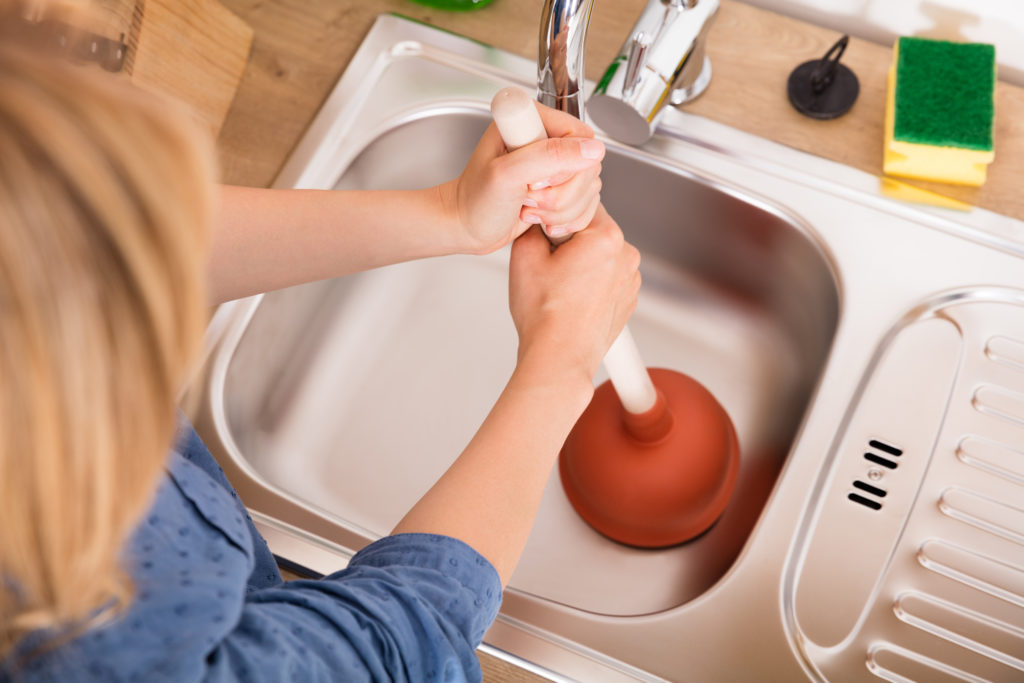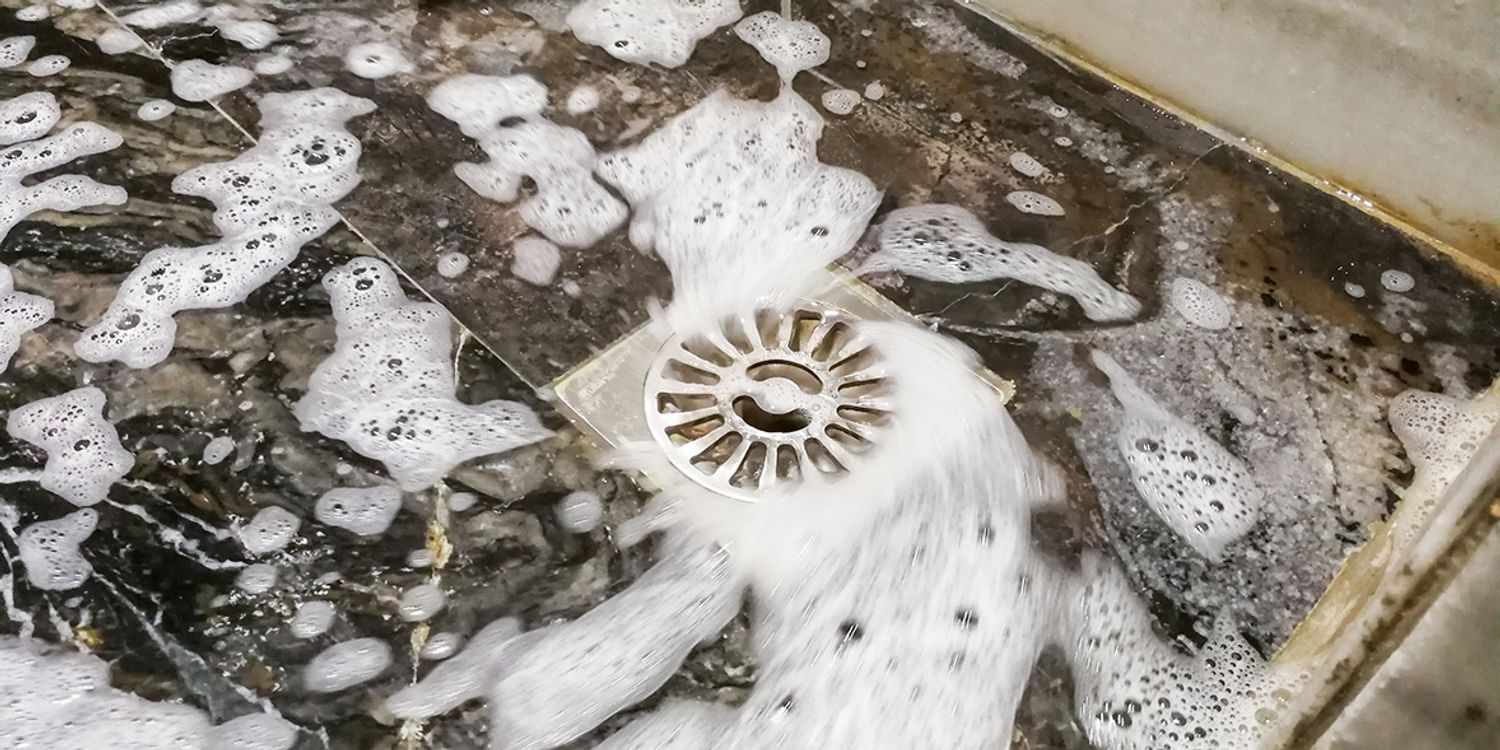The publisher is making a few good pointers related to 8 Tips For Clearing A Blocked Drain as a whole in this content down below.

Introduction
Dealing with an obstructed drainpipe can be an aggravating experience, interfering with everyday activities and potentially creating damage to your building. Nonetheless, before connecting to pipes specialists, there are actions you can take to resolve the concern yourself. In this guide, we'll explore do it yourself remedies and safety nets to tackle an obstructed drain successfully.
Identifying the Problem
The initial step in addressing a blocked drain is acknowledging the indicators. Slow drain, gurgling sounds, foul odors rising from drains pipes, or water support up are common indications of a blocked drainpipe. Determining these indicators early can help protect against additionally issues.
Choosing the Right Pipes Service
When picking a pipes service, think about aspects such as experience, licensing, and customer testimonials. Pick a reliable plumber with a record of high quality handiwork and transparent pricing practices.
Expense Factors to consider
The price of specialist drain cleaning company can differ depending on the severity of the obstruction and the plumbing's rates. Request quotes from multiple suppliers and inquire about any added fees to ensure openness and prevent shocks.
Safety and security Precautions
When trying do it yourself drain cleaning, prioritize safety. Wear safety handwear covers and eyeglasses to prevent contact with dangerous chemicals or germs. Never ever blend various drain cleaning items, as this can produce hazardous fumes.
Instance Studies
Real-life instances illustrate the effectiveness of DIY solutions and the importance of prompt expert treatment in fixing drainpipe obstructions.
Usual Causes of Obstructed Drainpipes
Comprehending the factors that add to drain pipes blockages is crucial for efficient resolution. Usual offenders include hair, soap residue, oil, food particles, and foreign items like sanitary items or paper towels. Tree origins attacking below ground pipes can likewise cause substantial blockages.
DIY Solutions
For small clogs, numerous do it yourself services can be efficient. Pouring boiling water down the drainpipe can help liquify grease and particles. Sodium bicarbonate and vinegar or a blend of salt and cooking soda can act as all-natural cleansers. Using a plunger or plumbing snake to dislodge blockages is an additional option.
Devices and Equipment
Having the right devices handy can make do it yourself drain cleaning up a lot more effective. A bettor is a functional device for removing obstructions in sinks, toilets, and showers. A pipes serpent or auger can get to much deeper obstructions, while drain cleaning chemicals can be used meticulously for stubborn clogs.
Preventive Measures
To prevent future clogs, adopting safety nets is important. Set up drainpipe guards or filters to catch hair and debris prior to they enter the pipes. Frequently flush drains pipes with hot water to dissolve oil accumulation, and avoid taking care of grease or solid waste down the drain.
When to Call an Expert
While DIY options can fix minor blockages, particular indications suggest the requirement for specialist support. Persistent obstructions, foul odors regardless of cleaning efforts, or numerous drains pipes supporting at the same time are red flags that call for experienced intervention.
Conclusion
By following the ideas described in this guide, you can effectively tackle obstructed drains and prevent future pipes issues. Whether choosing do it yourself remedies or seeking specialist help, timely action is crucial to maintaining a healthy pipes system and protecting the stability of your home.
How to Clear a Clogged Drain Yourself (And When to Call In the Professionals)
What Can Clog a Drain
Dirt Skin flakes Hair Grease Soap scum Food Offset pipes Tree roots Small objects Mineral buildup DIY Tricks to Unclog a Drain
You can fix this! Once you have identified the source of the clog (or have a vague idea), you can try one or a combination of these fixes in order to clear your plumbing.
Wire Hanger or Snake
Untangle and clear out hair from a drainpipe with a homemade snake. Use a straightened-out wire hanger with a 90-degree angle hook to locate the clog and drag out any unwanted material.
Remember not to push the clog further down to where the wire hanger cannot reach! If you need to follow up with a plunger, give it a try. Your efforts might be more successful after it’s been wire-snaked.
If you want to get fancy and don’t have a wire hanger to spare, head to the store and pick up a hand-operated drain snake. You can get one for $10-$30. It may save you the hassle, and provide additional length to reach deep into the clogged pipe.
Plunger
A cup plunger has a suction cup attached to a wooden handle. The rubber creates a seal around the drain, and increases the pressure force of the plunger.
Plunge for 30-second increments to loosen the clog. This may need to be repeated over the course of 15-20 minutes. Once plunged, run the water to flush the remaining material out of the drain.
Remember– never use a plunger if you have used a chemical drain cleaner. These chemicals can splash up from the force of the plunger and cause serious injury or burns.
Boiling Water
Hot water can sometimes break up materials into a flushable amount. Dirt, grease, and soap buildup requires heat in order to unstick from surfaces.
Take your kitchen kettle and heat your water to a boil. Once it reaches a rolling boil, pour it directly down the drain into the blockage. Carefully follow with plunging, if necessary.
Don’t worry if this takes more than one try! It can often take multiple kettles and repeated plunging in order to clear a particularly stubborn clog.
Chemical Drain Cleaner
As a last resort, pick up a bottle of chemical drain cleaner. Drain-cleaning chemicals are potent, and not very good for the environment.
You may need to wear protective eyewear in gloves before handling your bottle of chemical drain cleaner. Follow the instructions printed on the bottle, and flush with water as soon as the instructions allow. Do not follow with plunging.
Baking Soda and Vinegar
As a safer alternative to chemical drain cleaner, baking soda and vinegar can create a chemical reaction that clears tough clogs.
Combine one cup of cleaning vinegar with one cup of boiling water, and set aside. Once you have done this, pour half a cup of baking soda down the drain. Give the baking thirty seconds to settle and cover a large portion of the problem drain.
Following the baking soda, pour down your vinegar and hot water solution. Once the vinegar and baking soda combine, the mixture will bubble and fix. Let this reaction fizzle in the drain for about an hour.
After an hour, follow with a kettle’s worth of hot water. The heat and liquid should flush out any remaining material.
When to Call a Plumber
If your DIY attempts haven’t cleared your clog drain, it’s time to call in a professional. It’s not worth losing access to your kitchen sink or high-traffic bathroom. A clog in a vital area can keep you from the things you’d rather be doing, and derail your routine.
Anytime a clog is causing water to spread is a time to call in a plumbing service. What starts out as a little bit of water can quickly grow into serious, expensive water damage.
Additionally, a serious clog can result in burst pipes or serious leaks. Make sure you know when to take it seriously!
https://myguysnow.com/how-to-clear-a-clogged-drain-yourself-and-when-to-call-in-the-professionals/

As an avid reader on Some easy tips to fix blocked drains, I imagined sharing that piece of content was really useful. Sharing is nice. One never knows, you might be doing someone a favor. Thank you for being here. Revisit us soon.
Contact